https://www.fizzicseducation.com.au/wp-content/uploads/2022/12/Liquid-nitrogen-cloud-1920-x-200px-dark-blue-wash.jpg
Stars & Planets
Go out of this world as we explore our solar system, galaxies and more. Cosmology for the classroom!
Students investigate our Universe and space exploration techniques in this hands-on workshop.
- How does the Earth, Moon and Sun work in the Solar System?
- How are the tides formed?
- What did the big bang really look like?
- How do we observe distant galaxies and what does that tell us about our Universe?
- What technological developments were necessary to allow astronauts to work and survive outside of Earth’s atmosphere and much more!
Students will gain an appreciation of astronomy and gain insight into our place in the Universe.
Full risk assessments available on request.
Available as a school science incursion within Australia or as a video conference to any school around the globe.

Online Class Version
We’ve run live interactive distance programs since 2010 and are highly experienced in making online classes engaging for students on a variety of web conferencing platforms.
- All of the activities listed below will be covered during the conference.
- Upon booking, you will receive a PDF outlining the materials that you can have on hand to make the workshop more interactive. It’s not a problem if you can’t source all of the materials, as we’ll have these on hand for the workshop
- Full child protections are in place
- We usually connect to classes & homes via Zoom, however if you wish to use a different software we can work with you on getting the connection live.
If you connect with us via Zoom
Australian ACARA Content Outcomes:
Science
Predictable phenomena on Earth, including seasons and eclipses, are caused by the relative positions of the sun, Earth and the moon (ACSSU115)
Earth’s gravity pulls objects towards the centre of the Earth (ACSSU118)
The universe contains features including galaxies, stars and solar systems and the Big Bang theory can be used to explain the origin of the universe (ACSSU188)
Advances in science and emerging sciences and technologies can significantly affect people’s lives, including generating new career opportunities (ACSHE195)
Advances in scientific understanding often rely on developments in technology and technological advances are often linked to scientific discoveries (ACSHE192)
Australian National Curriculum Mapping for all our science workshops & shows
NSW Science Syllabus Content
A student:
describes the dynamic nature of models, theories and laws in developing scientific understanding of the Earth and solar system SC4-12ES
describes changing ideas about the structure of the Earth and the universe to illustrate how models, theories and laws are refined over time by the scientific community SC5-12ES
appreciates the importance of science in their lives and the role of scientific inquiry in increasing understanding of the world around them SC4-1VA & SC5-1VA.
NSW K – 10 Science Syllabus mapping for all our incursions
Victorian F – 10 Science Curriculum
Predictable phenomena on Earth, including seasons and eclipses, are caused by the relative positions of the Sun, Earth and the Moon (VCSSU099)
Change to an object’s motion is caused by unbalanced forces acting on the object; Earth’s gravity pulls objects towards the centre of Earth (VCSSU103)
Scientific understanding, including models and theories, are contestable and are refined over time through a process of review by the scientific community (VCSSU114)
The Universe contains features including galaxies, stars and solar systems; the Big Bang theory can be used to explain the origin of the Universe (VCSSU129)
Science Show Demonstrations
Model the difference between solar and lunar eclipses.
How are stars and planets constructed differently?
Launch a rocket at different pressures to find out what escape velocity is
How do spacecraft turn in space anyway?
Model the gravity on Earth vs. Mars. Which planet's gravity is greater?
Why does the Earth wobble on it's axis in a 25,800 year cycle?
Measure the difference in orbits between the planets in the Solar System
Interpret a real tidal chart. How are tidal patterns formed anyway?
Launch a rocket using a chemical propellent
Picking up faint signals from distant star systems.
What is the power source of some space probes?
Satellite attenuation; what comes up must come down
What are the different type of galaxies?
Lasers may replace radio in future communication
Use a telescopic lens to read distant information
The Universe is expanding, what does it look like?
How do spacecraft survive atmospheric re-entry?
How is working in space affect tool design and use?
A simple model showing the effects of gravity on water bodies
How much a heat can a real shuttle tile take?
Optional extension - Join an International Space Station Experiment!
Join ExoLab, a science experiment where students from across the world compare their results with an identical growth chamber on the International Space Station (ISS).
- Join an international school community to share results & ideas along with the U.S. National Laboratory.
- Collect and analyze data to identify the optimal combination of legume, bacteria, and soil to produce nodulation in the harsh environment of the space.
- Engage in experimental design, data collection and analysis, writing and revising hypotheses, and communicating about what they’ve learned using evidence from their experiments.
- Direct curriculum outcomes for high school
- Guided by experienced educators from Fizzics Education & Magnitude.
- Available Australia-wide
The experiments are initiated on the ISS in accordance with resupply missions. This allows for multiple experiments per year, giving options on when to align the classroom experiment with the ISS experiment. Students look for relationships between the environmental conditions, including the effect of microgravity on the growth of living things in general.

Appropriate for Years 7 to 10 with a maximum of 30 students per class
Access to 2 electrical power sockets and 12 to 14 tables.
Chairs are not required.
Duration 60 or 90 minutes.
Set up time 45 minutes and pack up time 45 minutes
During Social Distancing – Contact us
and we’ll tailor a program to suit both your school and the State’s social distancing requirements. Further details here
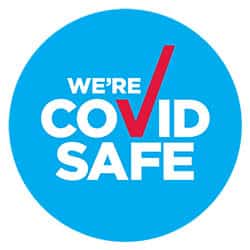
Did you know about our larger stage shows?
Designed to engage groups of up to 240 students, pair this workshop with one of these school favourites!
Big Science Big Fun
tick tick BOOM!
Destination Moon
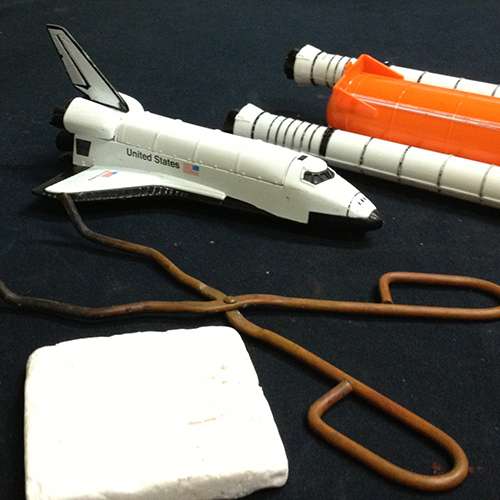
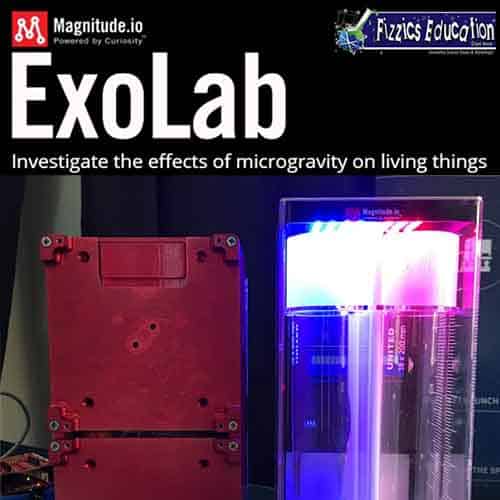















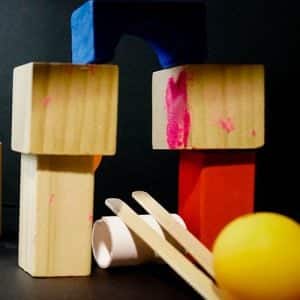
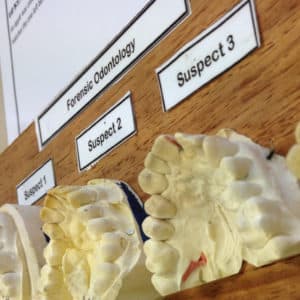
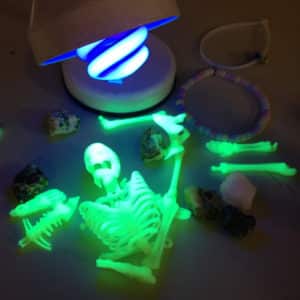




I just wanted to pass on how much the staff and students really enjoyed it and how perfect it was to launch our science week activities. The students were enthralled, educated and entertained – a perfect trifecta!
-Caulfield Grammar School – Big Science Big FunThanks so much for presenting at our school on Monday. Our students enjoyed the show.
-Greenvale Primary School – Big Science Big FunFizzics Education curated a thoughtful and hands-on experience for the children, incorporating practical, skill-based learning activities and followed by a science presentation at the end of the event involving liquid nitrogen. This was delivered safely and effectively, capturing both the children and the parents for the duration of the presentation.
-Macquarie Bank – Family Fun DayFizzics Education ran a show today at our school and it was wonderful. He was a great facilitator and the show was age appropriate and well done.
-Mount Zion Early learning centre – Little Science Big FunI just wanted to pass on how much the staff and students really enjoyed it and how perfect it was to launch our science week activities. The students were enthralled, educated and entertained – a perfect trifecta!
-Caulfield Grammar School – Big Science Big FunThanks so much for presenting at our school on Monday. Our students enjoyed the show.
-Greenvale Primary School – Big Science Big FunFizzics Education curated a thoughtful and hands-on experience for the children, incorporating practical, skill-based learning activities and followed by a science presentation at the end of the event involving liquid nitrogen. This was delivered safely and effectively, capturing both the children and the parents for the duration of the presentation.
-Macquarie Bank – Family Fun DayFizzics Education ran a show today at our school and it was wonderful. He was a great facilitator and the show was age appropriate and well done.
-Mount Zion Early learning centre – Little Science Big Fun